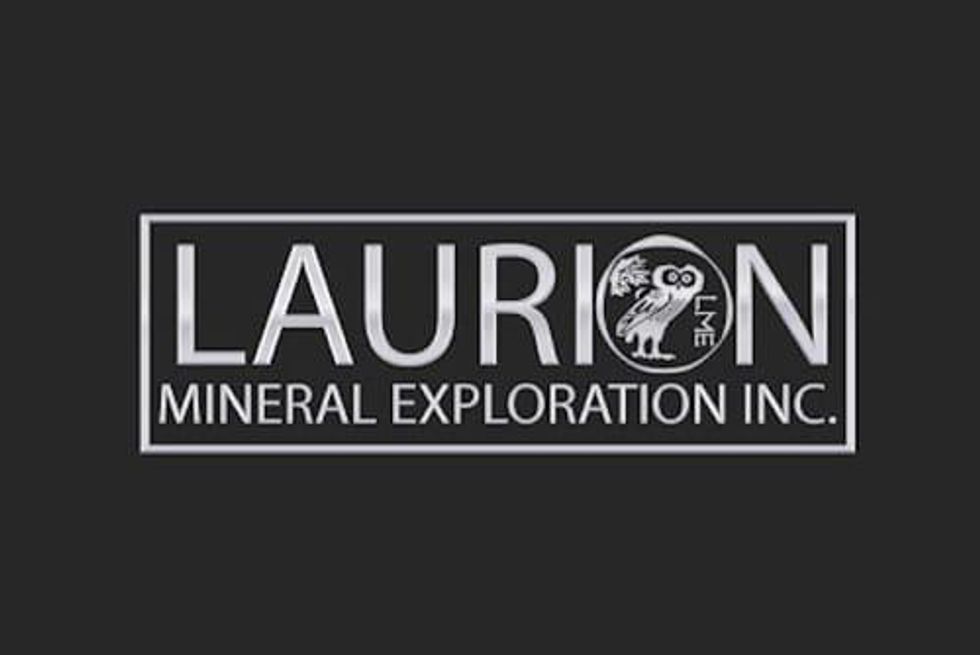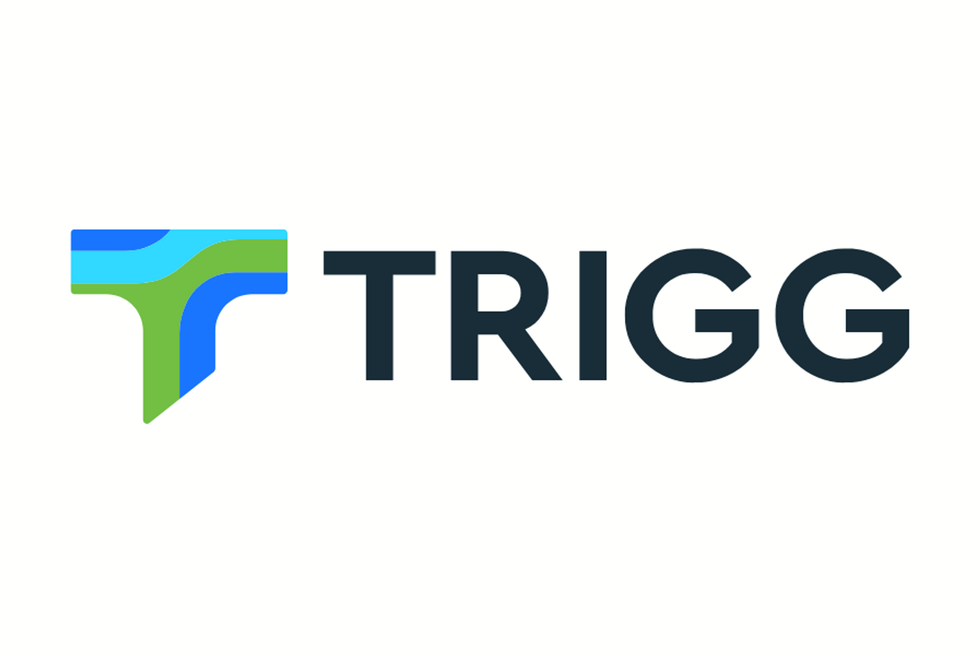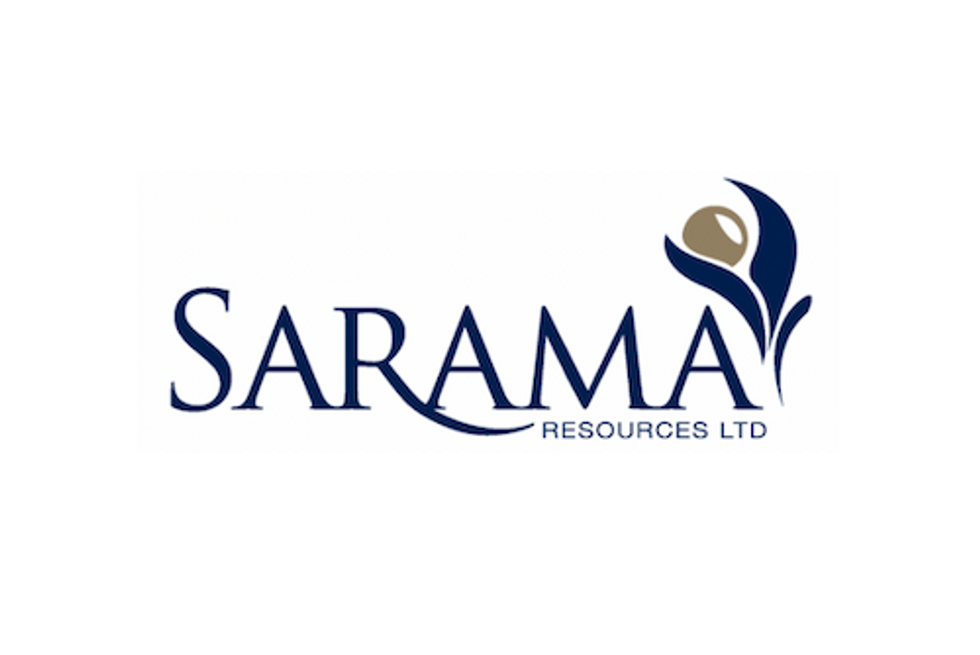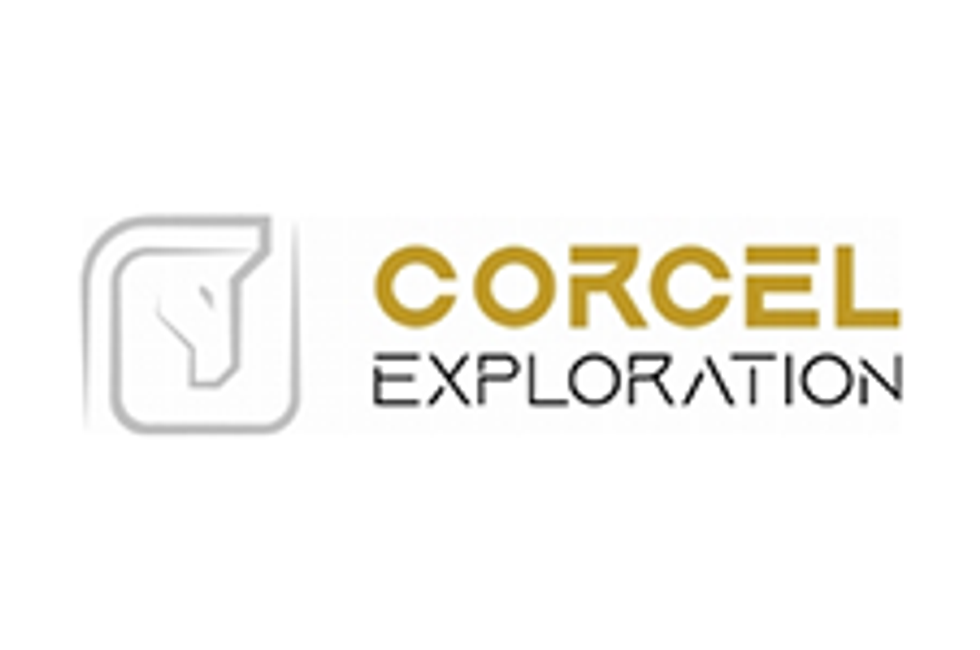Centenera Commences Detailed Surface Sampling at the El Quemado Lithium Project, Salta Province, Argentina

Centenera Mining Corporation (TSXV:CT; OTC:CTMIF), reports that detailed surface sampling has commenced at the Company’s El Quemado lithium pegmatite project (“El Quemado” or the “Project”) in Salta Province, northwest Argentina. An exploration team consisting of geologists and support staff recently mobilized to the Project area. The Company plans to complete detailed channel sampling, geological mapping, and orientation soil sampling within the target areas to fully evaluate the potential for lithium mineralization at El Quemado (Figure 1).
Centenera Mining Corporation (TSXV:CT; OTC:CTMIF), reports that detailed surface sampling has commenced at the Company’s El Quemado lithium pegmatite project (“El Quemado” or the “Project”) in Salta Province, northwest Argentina. An exploration team consisting of geologists and support staff recently mobilized to the Project area. The Company plans to complete detailed channel sampling, geological mapping, and orientation soil sampling within the target areas to fully evaluate the potential for lithium mineralization at El Quemado (Figure 1).
Details of Planned Work
Having previously confirmed lithium mineralization within the El Quemado pegmatites (see March 2, 2017 news release), the Company now intends to build on these findings by completing an extensive sampling program over all priority targets. Areas where pegmatites dikes are cropping out at surface have been identified using high-resolution satellite imagery and consolidated into four groups of targets called Santa Elena, El Penon, Tres Cumbres, and Las Pailas. During the next 4 to 6 weeks, the Company intends to fully assess all of the target areas.
Detailed surface sampling will be completed through both rock chip samples and core saw channel samples. Geological mapping will accompany all sampling work. Where outcropping pegmatites trend under cover, orientation soil sampling grids will be used to establish the applicability and potential effectiveness of this technique in identifying lithium mineralization in areas under cover. Additionally, mine tailings from the past producing Santa Elena mine, located within the Project area, will be sampled and measured for volume estimation as waste products from the historical tantalum and bismuth production may contain lithium.
Previous Work
The El Quemado area includes a former tantalum-bismuth producing mine site where lithium minerals were formally identified during an academic study in 2012. Centenera’s initial sampling and assessment confirmed the existence of lithium mineralization within the pegmatites and was the first recorded confirmation of lithium mineralization occurring beyond the historical El Quemado pit. As part of its planned work program, the Company will seek to support its exploration hypothesis that the pegmatite district at El Quemado is geologically similar to tantalum-producing districts elsewhere in the world where, as a result of changes in commodity pricing, production has more recently switched to lithium instead of tantalum. Greenbushes in Australia is a good example of such a district where tantalum was produced from pegmatites until 2005, but production since then has been solely lithium.
A total of 13 surface samples were taken during the initial reconnaissance field campaign and outcrop samples returned lithium values ranging from below detection to a high of 0.94%. In total, three samples returned lithium values grading between 0.56% and 0.94%, with an additional five samples returning values grading between 0.24% and 0.42% lithium. Samples were collected as chip channel samples across outcropping pegmatite veins and previously reported sample results are set forth in Table 1.
Figure 1: Plan view of selected target areas within part of the El Quemado property. Inset maps provide a
more detailed view and white lines highlight interpreted pegmatite veins, most of which will be
evaluated by the current sampling program.
Table 1: Results of initial rock sampling (NR17-02) which demonstrated
the existence of lithium mineralization within the El Quemado pegmatite district
| Sample ID | Channel Length (m) | Lithium (%) |
|---|---|---|
| 403409 | 1.5 | 0.94 |
| 403411 | 1.6 | 0.72 |
| 403413 | 1.5 | 0.56 |
| 403516 | 1.4 | 0.42 |
| 403514 | 1.1 | 0.40 |
| 403506 | 1.1 | 0.38 |
| 403515 | 0.3 | 0.32 |
| 403507 | 1.6 | 0.24 |
| 403414 | 2.0 | 0.16 |
| 403412 | 0.3 | 0.09 |
| 403416 | 10.0 | 0.03 |
| 403517 | 1.7 | 0.03 |
| 403401 | 0.4 | 0.00 |
El Quemado Project
The Project includes the historical El Quemado and Santa Elena small-scale tantalum-producing operations where Minera Anzotana Co. produced niobium-tantalum concentrates. Historical records indicate that tantalum-niobium oxide concentrate grades range from 7.16% to 53.85% (average 39.65%) tantalum and 3.7% to 69.14% (average 20.98%) niobium in 11 concentrate shipments. Despite historical production, no systematic modern exploration has taken place and the Property has never been drilled or been the subject of formal resource estimation, although historical estimates do exist in the literature. Most historical information dates from 1943, when the deposits were first exploited through to 1981. Pegmatites are reportedly 4 meters to 40 meters thick in the Santa Elena area, west of El Quemado.
The Company cautions that the grade of concentrates is derived from private mining company records that are historical in nature. Investors are further cautioned that a qualified person has not yet completed sufficient work to be able to verify the historical information, and therefore the information should not be relied upon. In addition, the Company is quoting historical concentrate grades, being the grade of mined material after processing and upgrading. The Company is not disclosing any historical resource or reserve estimate and further exploration will be required to assess the in-situ grade of the mineralized material and to assess the potential for the existence of a mineral resource.
Read full company profile.
A recent academic study of the El Quemado pegmatites (Marquez-Zavalia & Galliski 2012, Canadian Mineralogist) describes tantalum and bismuth minerals in the El Quemado system, which is interpreted to be a spodumene (lithium) subtype, rare element class granitic pegmatite. The 2012 study revealed systematic zoning; a. border zone; b. wall zone; c. outer intermediate zone; d. inner intermediate zone; e. core zone (Plate 1). Tantalum occurs throughout all zones while lithium is concentrated in the inner intermediate zone (d.). Outcrop is described as sparse in the area, with most of the pegmatites under shallow cover.
Historical production was focussed on tantalum, niobium and bismuth in the El Quemado area. This is a common situation in these types of pegmatite deposits where historical pricing and demand was more supportive of tantalum mining but where modern demand and economics now support lithium exploitation. The world’s largest hard-rock lithium producer, located in the Greenbushes pegmatite belt (southwest Australia) was a former tantalum producing deposit from the 1940s where modern tantalum extraction commenced in the early 1990s before lithium was first produced in the mid-2000s.
About Pegmatites -Pegmatites are igneous rocks that form during the final stage of a magma’s crystallization. To be called a pegmatite, a rock should be composed almost entirely of crystals that are at least one centimeter in diameter. Most pegmatites have a composition that is similar to granite with abundant quartz, feldspar and mica. Pegmatites can be sources of valuable minerals such as spodumene (lithium) that are rarely found in economic amounts in other types of rocks.
About Lithium – Lithium is produced from both brines and hard-rock sources (pegmatites). Estimates from 2015 put global lithium production from conventional hard-rock mining of lithium minerals as high as 44% (source: Macquarie Research 2016). Lithium pegmatites are a viable source of the metal because of their high concentration in ores relative to brines, and production from these deposits mitigates global concerns about dependence on supplies brine producers in Chile and Argentina. As a grade comparison, moderate to high brine grades of 400ppm lithium equate to 0.04% lithium, whereas initial sampling at the El Quemado Project has returned grades as high as 9,400ppm or 0.94% lithium. Chemical-grade lithium refers to spodumene that is converted to lithium carbonate or lithium hydroxide. Pegmatites can be a source of technical-grade lithium, where spodumene is used directly in the ceramics or glass industries without processing.
Qualified Person
Tyler Caswell, P.Geo., the Company’s Exploration Manager and a qualified person as defined by National Instrument 43-101, has reviewed the scientific and technical information that forms the basis for portions of this news release, and has approved the disclosure herein. Mr. Caswell is not independent of the Company, as he is an employee and holds incentive stock options.
About Centenera Mining Corporation
Centenera is a mineral resource company trading on the TSX Venture Exchange, under the symbol CT and on the OTCQB exchange under the symbol CTMIF. The Company is focused 100% on Argentina. The Company intends to focus its 2017 exploration activities on drill-testing its flagship Huachi copper-gold project (see news releases dated January 23 and March 6, 2017). The Company has made application for a drilling permit through the underlying owner and is awaiting approval to begin exploration.
Other assets, such as the El Quemado lithium pegmatite project in Salta Province are intended with be explored by the Company with the aim of proving project potential and attracting a joint venture partner or a project sale. The Company also intends to seek a joint venture partner for its Organullo gold project, which has approximately 8,000 meters of historical drilling and assay results. The Organullo project has a geological target range from 19.8 million tonnes grading at 0.94 g/t gold (600,000 ounces) to 31.6 million tonnes grading 0.92 g/t gold (940,000 ounces) using a 0.5 g/t gold cut-off-grade. It should be noted that these potential exploration target quantities and grades are conceptual in nature, that insufficient exploration and geological modelling has been done to define a mineral resource, and that it is uncertain if further exploration will result in the delineation of a mineral resource.
Cautionary Statements:
Neither TSX Venture Exchange nor its Regulation Services Provider (as that term is defined in the policies of the TSX Venture Exchange) accepts responsibility for the adequacy or accuracy of this press release, which has been prepared by management.
Except for the statements of historical fact contained herein, the information presented in this news release and the information incorporated by reference herein, constitutes “forward looking information” within the meaning of applicable Canadian securities laws concerning the business, operations and financial performance and condition of the Company. All statements, other than statements of historical fact, included herein including, without limitation, statements regarding the anticipated content, commencement, timing and costs of the recommended exploration program on El Quemado (and the Company’s projects generally) and exploration program results from same, the discovery and delineation of mineral deposits/resources/reserves on the projects, and the anticipated business plans and timing of future activities of the Company, are forward-looking statements. Often, but not always, forward looking information can be identified by words such as “pro forma”, “plans”, “expects”, “may”, “should”, “budget”, “scheduled”, “estimates”, “forecasts”, “intends”, “anticipates”, “believes”, “potential” or variations of such words including negative variations thereof, and phrases that refer to certain actions, events or results that may, could, would, might or will occur or be taken or achieved. Forward looking information involves known and unknown risks, uncertainties and other factors which may cause the actual results, performance or achievements of the Company to differ materially from any future results, performance or achievements expressed or implied by the forward looking information. Such risks and other factors include, among others, operating and technical difficulties in connection with mineral exploration and development and mine development activities at El Quemado (and the Company’s projects generally), including the geological mapping, prospecting and sampling program being proposed for El Quemado, actual results of exploration activities, including the program, estimation or realization of mineral reserves and mineral resources, the timing and amount of estimated future production, costs of production, capital expenditures, the costs and timing of the development of new deposits, the availability of a sufficient supply of water and other materials, requirements for additional capital, future prices of precious metals, tantalum and lithium, changes in general economic conditions, changes in the financial markets and in the demand and market price for commodities, possible variations in ore grade or recovery rates, possible failures of plants, equipment or processes to operate as anticipated, accidents, labour disputes and other risks of the mining industry, delays in obtaining governmental approvals, permits or financing or in the completion of development or construction activities, changes in laws, regulations and policies affecting mining operations, hedging practices, currency fluctuations, title disputes or claims limitations on insurance coverage and the timing and possible outcome of pending litigation, environmental issues and liabilities, risks related to joint venture operations, and risks related to the integration of acquisitions, as well as those factors discussed under the heading “Risk Factors” in the Company’s Management Information Circular (April 2016) and as discussed in the annual management’s discussion and analysis and other filings of the Company with the Canadian Securities Authorities, copies of which can be found under the Company’s profile on the SEDAR website at www.sedar.com.
Readers are cautioned not to place undue reliance on forward looking information. The Company undertakes no obligation to update any of the forward looking information in this news release or incorporated by reference herein, except as otherwise required by law.
Click here to connect with Centenera Mining Corporation (TSXV:CT; OTC:CTMIF) to receive an Investor Presentation.
Source: www.centeneramining.com





